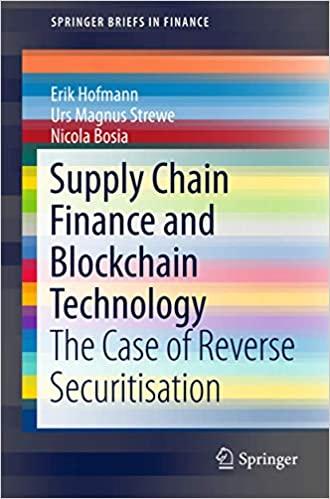Ratio comparisons Robert Arias recently inherited a stock portfolio from his uncle. Wishing to leam more about the companies in which he is now invested, Robert performs a ratio analysis on each one and decides to compare them to one another. Some of his ratios are listed here. Assuming that his uncle was a wise investor who assembled the portfolio with care, Robert finds the wide differences in these ratios confusing. Help him out. a. What problems might Robert encounter in comparing these companies to one another on the basis of their ratios? b. Why might the current and quick ratios for the electric utility and the fast-food stock be so much lower than the same ratios for the other companies? c. Why might it be all right for the electric utility to carry a large amount of debt, but not the software company? d. Why wouldn't investors invest all of their money in software companies instead of in less profitable companies? (Focus on risk and return.) a. What problems might Robert encounter in comparing these companies to one another on the basis of their ratios? (Select all the answers that apply.) A. Financial ratios from software companies are never very reliable. B. Caution must be exercised when comparing older to newer firms, e.g., utility company vs. software company. C. The four companies are in very different industries. D. The operating characteristics of firms across different industries vary significantly resulting in very different ratio values. \begin{tabular}{lcccc} Ratio & Island Electric Utility & Burger Heaven & Fink Software & Roland Motors \\ \hline Current ratio & 1.09 & 1.26 & 6.85 & 4.49 \\ Quick ratio & 0.86 & 0.86 & 5.17 & 3.65 \\ Debt ratio & 0.71 & 0.44 & 0.04 & 0.39 \\ Net profit margin & 6.16% & 14.29% & 28.54% & 8.43% \\ \hline \end{tabular} Ratio comparisons Robert Arias recently inherited a stock portfolio from his uncle. Wishing to leam more about the companies in which he is now invested, Robert performs a ratio analysis on each one and decides to compare them to one another. Some of his ratios are listed here. Assuming that his uncle was a wise investor who assembled the portfolio with care, Robert finds the wide differences in these ratios confusing. Help him out. a. What problems might Robert encounter in comparing these companies to one another on the basis of their ratios? b. Why might the current and quick ratios for the electric utility and the fast-food stock be so much lower than the same ratios for the other companies? c. Why might it be all right for the electric utility to carry a large amount of debt, but not the software company? d. Why wouldn't investors invest all of their money in software companies instead of in less profitable companies? (Focus on risk and return.) a. What problems might Robert encounter in comparing these companies to one another on the basis of their ratios? (Select all the answers that apply.) A. Financial ratios from software companies are never very reliable. B. Caution must be exercised when comparing older to newer firms, e.g., utility company vs. software company. C. The four companies are in very different industries. D. The operating characteristics of firms across different industries vary significantly resulting in very different ratio values. \begin{tabular}{lcccc} Ratio & Island Electric Utility & Burger Heaven & Fink Software & Roland Motors \\ \hline Current ratio & 1.09 & 1.26 & 6.85 & 4.49 \\ Quick ratio & 0.86 & 0.86 & 5.17 & 3.65 \\ Debt ratio & 0.71 & 0.44 & 0.04 & 0.39 \\ Net profit margin & 6.16% & 14.29% & 28.54% & 8.43% \\ \hline \end{tabular}








